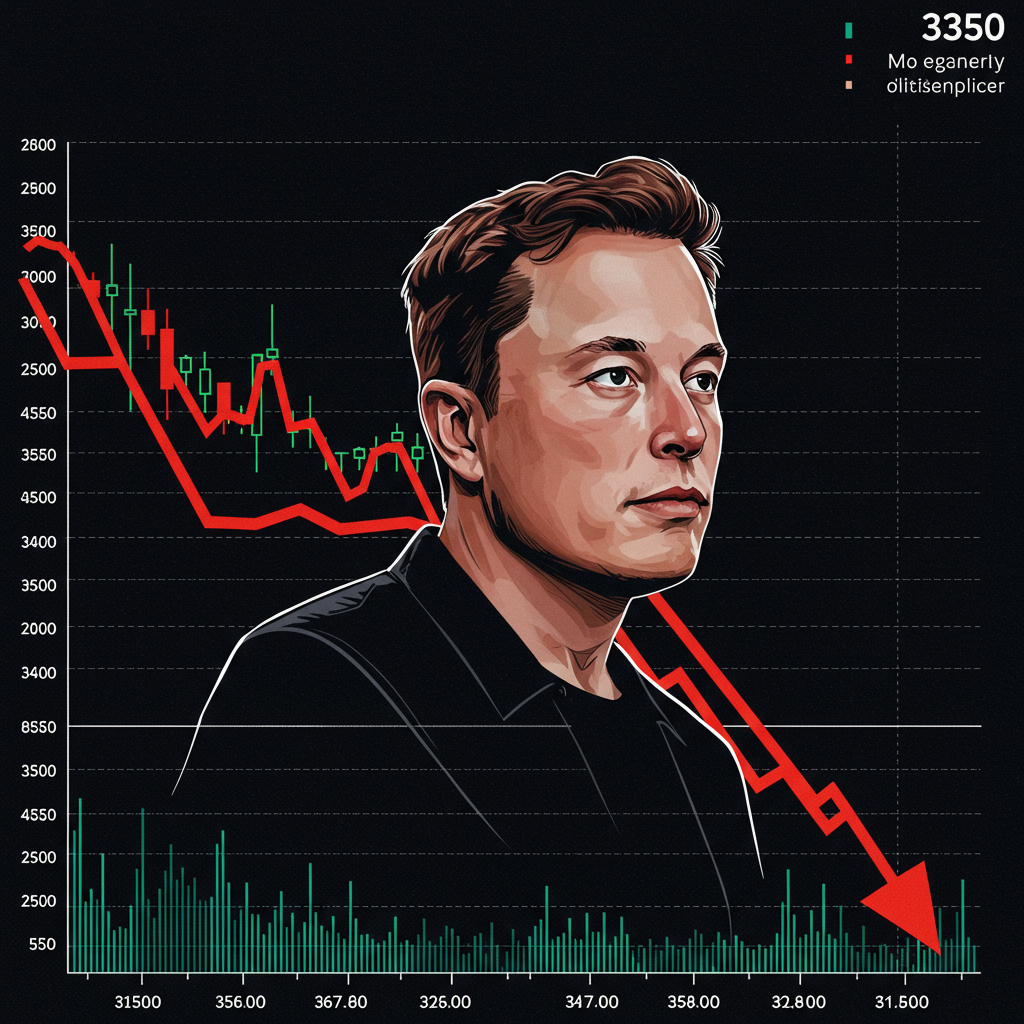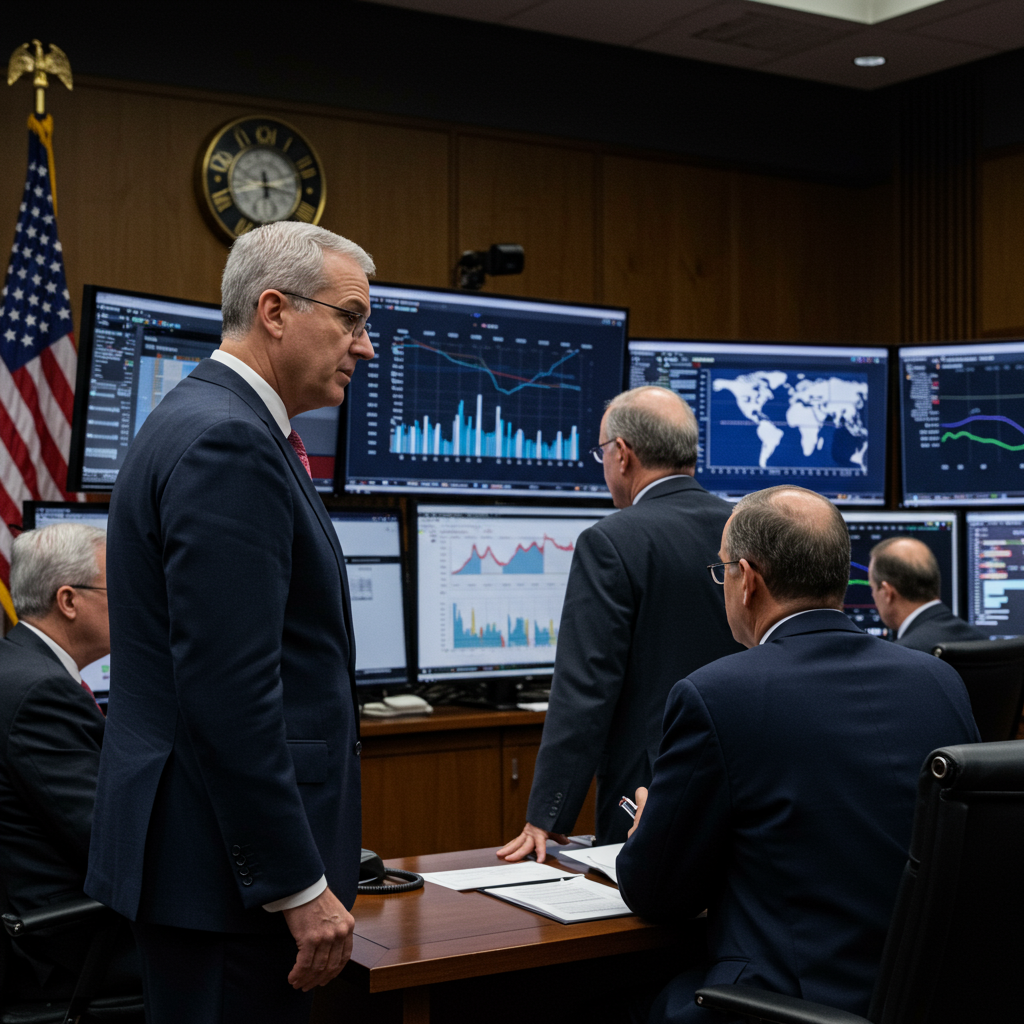Tesla stock (TSLA) has experienced a notable decline from its peak, falling significantly from its start-of-year price around $428. Trading now below the $350 mark, at roughly $325 as of mid-June 2025, the shares are down approximately 20% year-to-date. This pullback has investors wondering if the lower price presents a buying opportunity or if there are deeper concerns at play.
The recent drop is partly attributed to CEO Elon Musk’s time spent on external ventures, seemingly diverting focus from Tesla’s core operations. While the stock has regained some momentum since Musk reportedly refocused on the company, the question remains: Is Tesla stock a buy at this price point?
Let’s explore the arguments for and against investing in Tesla right now, integrating insights from recent analysis.
The Upside Potential: Robotics and Autonomous Vehicles
Despite current headwinds in its primary business, a significant part of the long-term bullish case for Tesla rests on its ambitious push into future markets like humanoid robotics and autonomous vehicles (AVs).
Drawing parallels to its unexpected success in the electric vehicle market, where many doubted its viability, Tesla is now making bold bets on these next-generation technologies. Elon Musk has indicated that Tesla’s future lies heavily in these areas, a claim many analysts are taking seriously given the massive potential market sizes.
Humanoid Robotics: Projections suggest the humanoid robot market could be worth a staggering $5 trillion by 2035. Tesla aims to be a key player, with stated production goals for its Optimus bot including 5,000 units this year and 50,000 in 2026. While historically Tesla has faced challenges meeting aggressive deadlines, the focus appears to be on demonstrating steady progress toward achieving scale in this potentially transformative area.
Autonomous Vehicles: Tesla is also pushing hard into autonomous driving and related services. Plans include launching a Robotaxi service and potentially enabling existing Tesla owners to rent out their vehicles for AV operations. The AV market is projected to reach a valuation of $2 trillion by 2030. While currently trailing competitors like Alphabet’s Waymo in AV development, it’s plausible that Tesla, as a leader in connected EVs, could carve out a significant niche in this developing sector.
These ventures represent exciting long-term growth drivers that could fundamentally change Tesla’s business model and revenue streams if successful.
The Downside Risks: Headwinds and Valuation Concerns
However, a closer look at Tesla’s current performance and market position reveals significant challenges that weigh heavily against the potential future upsides, particularly when considering the present stock valuation.
Struggling Core EV Business: The most immediate concern is the softening performance of Tesla’s foundational business: selling electric vehicles. In the first quarter of 2025, automotive revenue tumbled 20%, and net income plunged a dramatic 71% to just $0.12 per share. This slowdown isn’t a single-quarter anomaly; 2024 saw Tesla’s first-ever annual decline in vehicle production volume, with automotive revenue also declining by 8% year-over-year.
Brand Damage and Focus Issues: A key factor cited for recent sales struggles is significant brand damage. Analysts link this partly to Elon Musk’s public activities and political stances, which may have alienated some customers. There’s uncertainty about how quickly Tesla can repair its brand image and the long-term impact on sales and reputation. Furthermore, questions persist about Musk’s sustained focus on Tesla’s operational execution compared to his other ventures.
Market Headwinds and Increased Competition: These internal challenges coincide with broader headwinds in the electric vehicle market. Factors like high interest rates, rising vehicle prices, insufficient charging infrastructure, and lingering tariff concerns are impacting U.S. EV sales growth. Globally, competition is intensifying rapidly, with manufacturers like China-based BYD successfully challenging Tesla’s dominance in multiple key international markets.
Lofty Valuation on Speculative Future: Perhaps the most critical risk for potential investors is Tesla’s current valuation. Despite the stock price dip, it remains exceptionally high when measured against its current financial performance and compared to established, profitable automakers. Tesla is often characterized as a “story stock,” meaning its price is significantly driven by the narrative of its potential future rather than its present reality. This high valuation embeds expectations of near-flawless execution and massive, rapid success in the speculative robotics and AV markets. Betting heavily on these largely unproven markets means there’s no guarantee that demand or profitability will materialize on a scale sufficient to justify the current stock price, regardless of technological success.
The Verdict: Why Waiting May Be Prudent
Considering the landscape—a core business facing significant challenges, brand uncertainty, increasing competition, and a valuation that heavily discounts a speculative future—a “wait-and-see” approach appears prudent for most investors right now.
While Tesla’s long-term ambitions in robotics and autonomous vehicles hold exciting potential, the company currently has substantial hurdles to clear in its core operations. The stock price, even below $350, seems to reflect overly optimistic expectations about the timeline and success of its future ventures.
Before considering Tesla stock a comfortable buy, look for clear signs of:
A significant rebound in core EV sales.
Consistent growth in net income.
Demonstrated clear execution and a less speculative path to profitability in its robotics and AV initiatives.
Elon Musk showing sustained focus on the automotive and technology operations.
Until the fundamental business performance begins to justify the current market valuation, the risks embedded in buying Tesla stock at this price point seem to outweigh the potential immediate rewards. While Tesla is an undeniably innovative company, the current price below $350 doesn’t automatically signal a buying opportunity until its operational results catch up to its ambitious market expectations.




